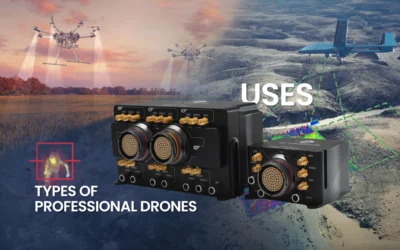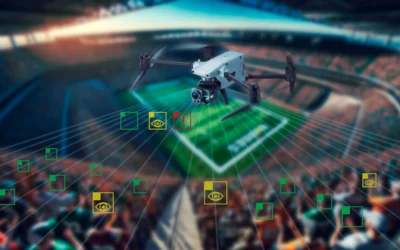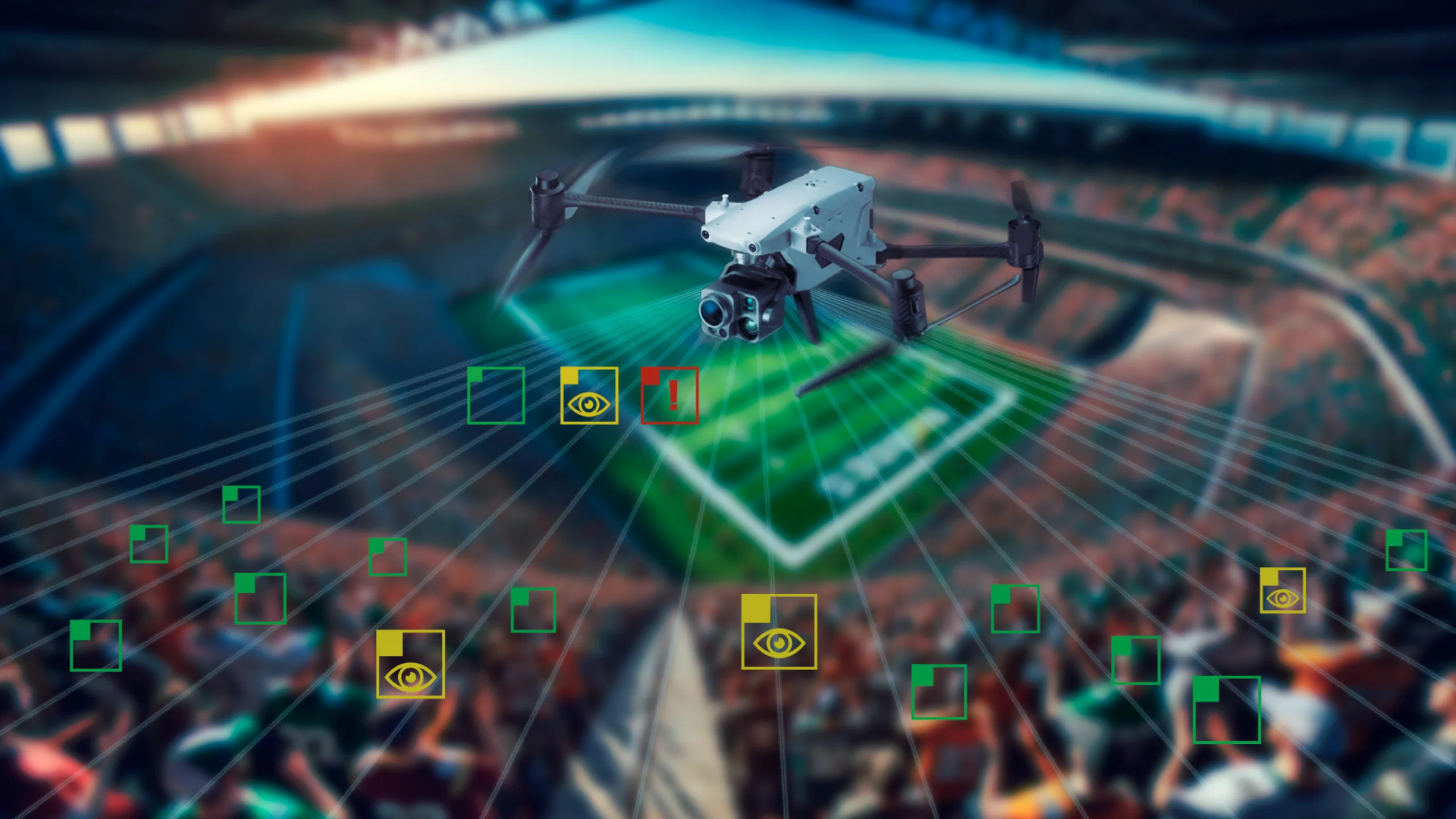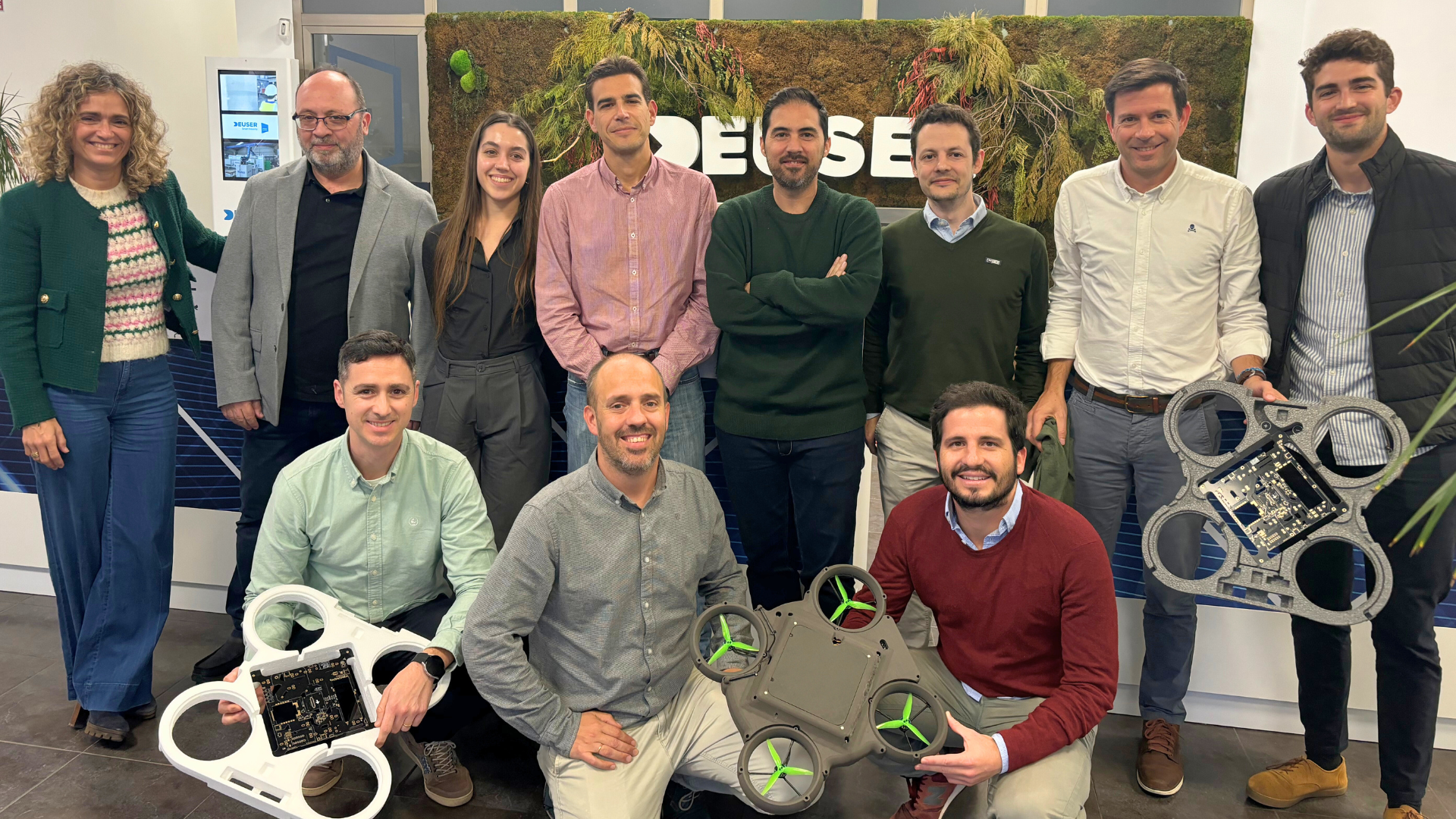Veronte Autopilot is a customizable control system for autonomous vehicles and fly-by-wire aircraft. These control systems are suitable for UAVs, USVs, UGVs, and eVTOLs in various configurations. Furthermore, Embention not only meets ISO9001 and EN9100 quality standards, which guarantee the highest levels of quality and management in the aerospace industry, but also develops its products under the strict certification standards DO178C, DO254, and DO160G. These certifications ensure that all its systems are reliable and safe for critical operations, facilitating aircraft certification processes and complying with the most stringent international regulations.
Manufacturing of Veronte Autopilot
The manufacturing process of Veronte Autopilot is sequential and controlled, with checkpoints at each stage of production. Every process involved in the manufacturing and validation of Veronte Autopilot is repeated across all units produced, ensuring maximum quality in each system.
Manufacturing manuals are accompanied by an ATP (Acceptance Test Procedure), and all values measured during the process are recorded in the Acceptance Test Report (ATR).
Initial Steps in the Manufacturing and Assembly Process:
- Visual Inspection: Technical inspections are carried out based on IPC-610 standards, among others. Technical reports from our suppliers, such as the AOI, are also reviewed.
- Short Circuit Verification: This step is vital in the production process to ensure proper power supply to the PCBA.
- Voltage and Current Measurements: These are conducted to comply with the values established by the design department, recording this data in a system that indicates the expected values.
- Microcontroller Programming: At this stage, the necessary firmware is configured for the involved microcontrollers. Only versions established by the project can be entered, ensuring the reliability and correct functioning of the device’s logic.
Functional Testing
First, the PCBA is checked at the hardware level, subjecting the system to various stress tests, such as the burning test. In parallel and in sync with the stress tests, the technical team receives test results through their terminal.
Next, the tropicalization process for the PCBAs begins, where we apply, according to the manufacturing manuals, the chemicals previously approved by our quality department to ensure the electronics’ resistance in humid environments. This phase results in a PCBA ready to enter the depanelization phase, preparing the board for subsequent assembly. For this critical process, we use an automatic depanelizer that eliminates human errors and prevents any potential destructive damage to the PCBA. After this, and before proceeding with functional testing of the equipment and the assembly phase, we conduct a detailed visual inspection.
Embention has developed a series of hardware and software tools that accompany the production process. This ensures compliance with aerospace industry standards and regulations while guaranteeing compatibility and adequate validation of each device.
Assembly
After depanelization, we enter the assembly phase of the electronics, where the internal systems of the product are assembled. Each step of the assembly production process includes a work supervision process reflected in the ATR, always supported by the manufacturing manuals, ensuring the correct assembly of the system. Once completed, the resulting product is placed in its protective cover made of anodized aerospace aluminum to ensure an IP67 environmental resistance.
This protective cover is subjected to a visual inspection to certify that everything is in proper condition. Once checked, the autopilot is placed in this box for a subsequent second stress test.
In this stress test, the product undergoes constant temperature changes and vibrations, known as Environmental Stress Screening (ESS). The device emits telemetry data in real-time regarding the behavior of its sensors and critical system components.
After completing the aforementioned test, the system has undergone all necessary critical stress tests to ensure its correct operation and resistance to extreme conditions.
Calibration and Final Verification of the System
Finally, the system undergoes a calibration and check of the various sensors (Pressure, IMU, etc.). The obtained results are recorded in our system and verified by our specialized teams.
Since each phase of the production process is recorded in our systems in real-time, we can always know the status of each assembly process.
At this point, we conduct a final verification, reviewing that all components, calibrations, system records, etc., comply with the design specifications.
With this production process, a robust, reliable, and safe result is guaranteed. This enables our Veronte Autopilot to be used in certification processes, attaching all necessary production documentation: ATR (Acceptance Test Report), CoC (Certificate of Conformity), and DDP (Declaration of Design and Performance). Additionally, the company has a certification datapack to demonstrate compliance with DO178C, DO254, and DO160G.















